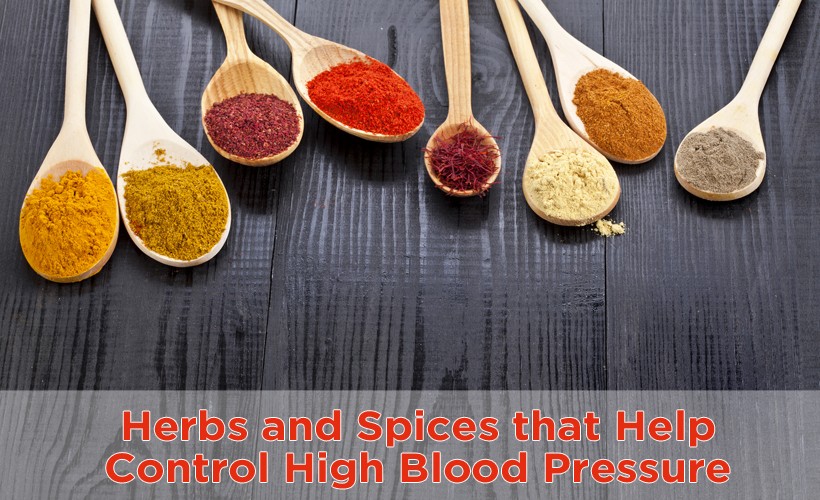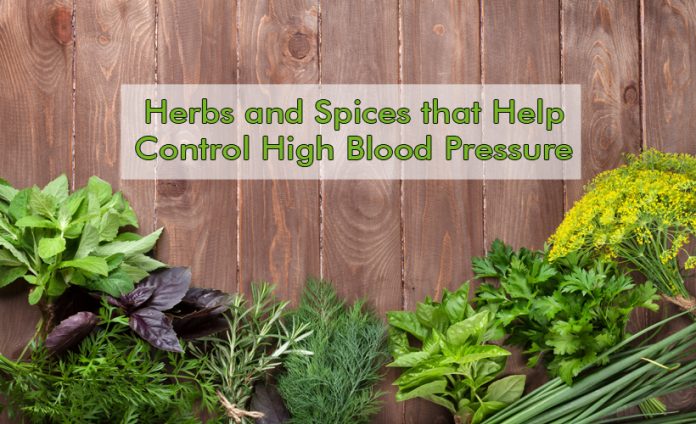All over the world people do suffer from high blood pressure, which is referred to as hypertension.
One suffers from high blood pressure when the amount of blood that is being pumped by the heart is done with rather excessive force or pressure.
Table of Contents
Blood pressure readings have of course two numbers:
• Systolic number: The pressure in one’s blood vessels when one’s heart contracts.
• Diastolic number: The pressure in one’s arteries when one’s heart relaxes between beats.
A high systolic i.e. (130 and over) or diastolic i.e. (80 and over) number is indeed considered high blood pressure.
Hypertension does not indicate any symptoms in the beginning, many people are not aware of the problem until it becomes serious. It is called as a “silent killer”.
It is better to get one’s blood pressure checked up as part of one’s regular checkups.
• If one is over age 18 or older, one should ask one’s doctor about checking one’s blood pressure every two years.
• If one is over the age 40 or older, one would like to get blood pressure checked up once a year.
There are several factors that do contribute to high blood pressure, such as genetics, stress, poor diet, smoking and inactive lifestyle among many others.
If one does experience one or more risk factors and one needs to have one’s blood pressure checked up more often as it does increase one’s risk of several health problems, such as a heart attack, a stroke, diabetes, heart failure, kidney disease, vision loss as well as metabolic syndrome.
Healthy dietary changes can also help manage as well as prevent high blood pressure. For example, several herbs can also help control it without causing any side effects.
 1. Garlic
1. Garlic
Garlic is good for controlling blood pressure. It also helps to relax the blood vessels by rather stimulating the production of nitric oxide, which in turn does lower one’s blood pressure, especially the systolic pressure.
Garlic increases nitric oxide production, thus resulting in smooth muscle relaxation as well as vasodilatation.
Sulfur deficiency can also cause hypertension.
Garlic is also beneficial for improving one’s blood circulation. It lowers cholesterol levels and prevents heart disease.
How To Use?
• Eat 2 or 3 raw garlic cloves on a daily basis on an empty stomach.
• One can also take garlic supplements, but only after consulting one’s doctor.
2. Cinnamon
Cinnamon is also another herb that does bring one’s blood pressure down. This rather potent antioxidant can also reduce hypertension, as it contains cinnamaldehyde and other water-soluble organic compounds.
How To Use?
• Add one cinnamon stick at the time of making a cup of warm tea, such as black, ginger or any other form of herbal tea.
• One can include cinnamon in one’s diet by sprinkling it on your breakfast cereal, oatmeal and even in one’s coffee.
3. Hibiscus
Different cultures across the world have used hibiscus for ages to manage blood pressure. But today, research has also proven the benefit of hibiscus.
A 2010 study published in the Journal of Nutrition suggests that regular intake of hibiscus tea helps lower blood pressure in pre- and mildly hypertensive adults.
Drinking hibiscus tea does help in lowering both systolic and diastolic blood pressure. Apart from containing antioxidant and anti-inflammatory properties, hibiscus also has diuretic properties that do help the kidneys remove the excess sodium from one’s body, thus lowering one’s blood pressure.
How To Use?
1. Add 2 dried hibiscus flowers to 2 cups of water.
2. Bring the water to a boil.
3. Let it simmer for 5 minutes.
4. Strain it, and add raw honey and a little lemon juice for taste.
5. Drink this tea about once or twice daily.
4. Hawthorn
Hawthorn happens to be another herb that is good for one’s heart, in case one has hypertension.
This herb contains a lot of flavonoids and quercetin that do help reduce the arterial blood pressure and the risk of hypertension.
Hawthorn extract reduces diastolic blood pressure as well as anxiety.
How To Use?
• Boil about 1 teaspoon of hawthorn berries in 1½ cup of water, then allow it to simmer for another 7 to 10 minutes. If one has dried hawthorn berries, then do soak them in water overnight then make use of 1 tablespoon of the berries for the tea. Drink this healthy herbal tea once daily.
• One can also have 500 mg of hawthorn extract as a daily supplement.
5. Basil
To keep one’s blood pressure level in check, one can also make use of the herb basil.
With lots of ursolic acid and eugenol, basil can also help reduce symptoms of hypertension. It also does promote calmness and reduces stress, which also helps in keeping one’s blood pressure readings under control.
In order to enjoy the benefits of basil, simply add fresh basil leaves to soups, stews, and kinds of pasta.
6. Cardamom
Cardamom is another effective spice that does help in controlling hypertension. This is most likely on account of a heavy concentration of flavonoids in cardamom.
It also contains potassium, a mineral that helps in regulating heart rate and also keeps one’s blood pressure under control.
In addition, the spice is also linked to lower levels of stress and depression, which can also be factors causing hypertension.
How To Use?
• Add some cardamom powder to beverages as well as sweet or savory foods for a flavorful and healthy boost of one’s meal.
• Also, one can drink a cup of cardamom tea, once or twice daily. In order to make the tea, one can simply simmer a few cardamom seeds in 1 cup of boiling water for a few minutes.
7. Green Tea
There are in fact several substances in green tea that can be useful in controlling high blood pressure. Its polyphenols are indeed rich in antioxidant as well as anti-inflammatory properties.
How To Use?
1. Put 1 to 2 teaspoons of green tea in a cup of hot water.
2. Cover and then allow it to steep for about 5 minutes.
3. Strain it, then add some honey and lemon for taste.
4. Drink 2 to 3 cups of green tea daily.
8. Cat’s Claw
In traditional Chinese medicine, cat’s claw is made use of to treat high blood pressure. Also, the herb does help inhibit platelet aggregation as well as blood clot formation, which does make it effective at warding off heart attacks as well as strokes.
How To Use?
• Add about 1 tablespoon of dried cat’s claw herb to 1½ cups of water in a small saucepan. Cover and then let it simmer for 30 minutes. Strain it and then add honey or lemon juice if desired. Drink it once daily.
• One can also opt to take about a 250 to 350 mg capsule of cat’s claw daily, but one should consult one’s doctor first.
You may like: Spices for lose weight

